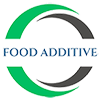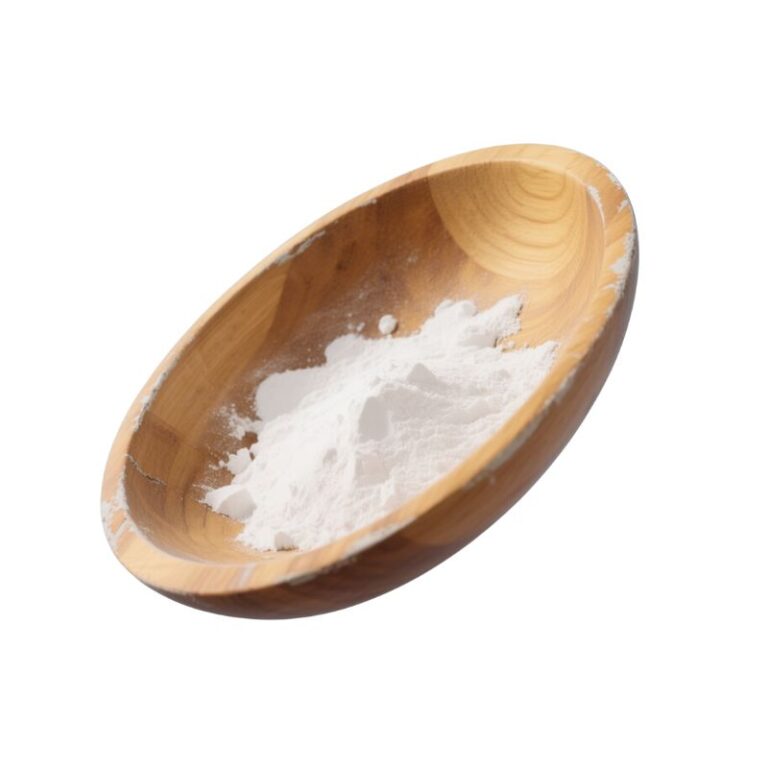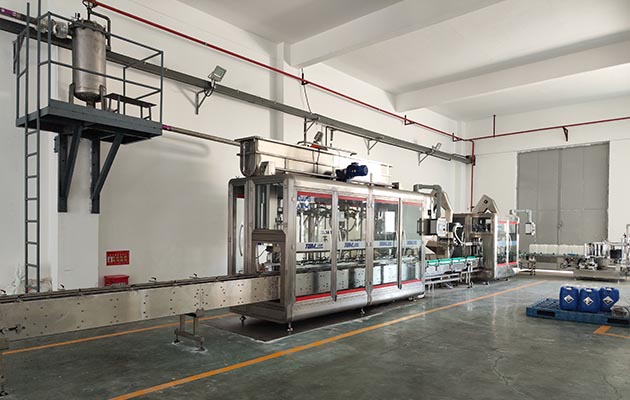-
Liutang Town Industrial Park, Liucheng County, Guangxi

Why Food Additives Are Safe and Essential for Modern Manufacturers
In the global food industry, food additives are more than ingredients; they are strategic enablers of quality, safety, and innovation. For manufacturers, the responsible use of additives is not only essential for meeting consumer expectations but also for ensuring regulatory compliance and operational efficiency. This article explores why food additives are both safe and indispensable, combining scientific rigor, industrial practice, and forward-looking innovation.
Regulatory Compliance: The Foundation of Safety
Food additives are tightly regulated across all major markets. Safety assessments are conducted by independent scientific bodies such as:
- JECFA (FAO/WHO): Conducts toxicological evaluations and establishes Acceptable Daily Intake (ADI) levels.
- EFSA (EU): Applies advanced methods like Threshold of Toxicological Concern (TTC) and QSAR modeling.
- FDA (US): Manages the GRAS (Generally Recognized As Safe) system and mandates detailed scientific dossiers.
- China (GB 2760-2024): Enforces 5-year reevaluation cycles, mandatory toxicology testing, and quantitative ADI limits.
These processes include:
- Lifetime exposure testing for carcinogenicity, teratogenicity, and mutagenicity
- Metabolism, distribution, and excretion profiling
- Built-in safety margins (often 100-fold below observed adverse levels)
Manufacturers must comply with evolving standards through regular dossier updates, risk monitoring, and transparent labeling.
Technical Functions Driving Necessity
Additives perform technical roles that are impossible to ignore in industrial-scale food manufacturing:
| Function | Technical Benefit | Impact |
|---|---|---|
| Preservation | Inhibits microbial growth (e.g., Listeria) | Shelf-life extended from 7 to 45 days |
| Emulsification | Stabilizes oil-water systems at pH 3.5-5.5 | Recall rate reduced by 32% (CFIA data) |
| Encapsulation | Controls probiotic release | 85% survival through GI tract (Food Hydrocolloids, 2024) |
| Nutrient Fortification | Replaces lost vitamins during processing | Maintains label claims and nutritional value |
| Texture & Flow | Prevents clumping, ensures consistent texture | Enhances sensory experience and process flow |
These functions are critical for enabling innovation in low-sugar, low-fat, and plant-based product categories.
Quality Management Integration
Effective additive management goes beyond selection; it is embedded in the manufacturer’s quality system:
- Supplier Qualification: Require ISO 22000, CoA, GMP audits, and traceability.
- Incoming Inspection: Verify purity, concentration, identity upon receipt.
- HACCP Alignment: Designate additive addition as CCPs (Critical Control Points).
- Precise Dosing: Use calibrated equipment and process validation to prevent over/under-use.
- Compatibility Testing: Ensure additives perform safely under factory conditions (e.g., pH, heat, shear).
Digital tools such as blockchain-enabled batch tracking and NIR (Near Infrared) sensors for inline testing further support safety and traceability.
Quantifying Return on Investment
Using additives strategically can reduce loss and improve profitability. Consider:
ROI Formula:
Case Study: Adding sodium lactate to deli meats reduced spoilage losses by $1.2M annually with a $300K equipment investment, yielding 267% ROI over three years.
Extended shelf-life also reduces logistics pressure, minimizes recalls, and enables longer-distance exports.
Global Compliance & Labeling Strategies
To meet international standards, manufacturers must tailor their labeling and documentation:
| Region | Max Permitted Level (%) | Label Requirement | Restriction |
| China | 0.15 | INS number required | Not allowed in infant formula |
| EU | 0.20 | E-number and function | Mandatory safety file on EFSA website |
| US | 0.30 | GRAS verification | Allergen labeling when applicable |
Best Practices:
- Translate MSDS into 6 official languages
- Use clear labels (e.g., “Preservative: citric acid”)
- Follow Codex classifications for international harmonization
Responding to “clean label” trends, many manufacturers now opt for natural-source additives when technically feasible.
Innovations Ensuring Future Safety
Manufacturers are adopting advanced technologies to strengthen additive control:
- Smart Detection: Electronic noses detect off-flavors; AI models predict degradation risks.
- Encapsulation Tech: Liposomes and zein nanoparticles protect sensitive ingredients.
- Blockchain Traceability: Secures supply chain data and tracks additive origins.
- Regulatory Dashboards: Real-time monitoring of updates from FDA, EFSA, MHLW, and GB systems.
These innovations not only enhance safety but also streamline compliance and reduce quality risks.
Conclusion
For modern food manufacturers, additives are not a shortcut—they are critical control points. When sourced responsibly, tested thoroughly, and managed through robust quality frameworks, additives ensure that foods remain safe, consistent, and functional across vast supply chains. As regulations evolve and technologies advance, manufacturers who embrace data-driven additive management will lead the industry in safety, efficiency, and consumer trust.
FAQ (Structured for SEO)
Q1: Are food additives safe to consume?
Yes. Additives approved by regulatory bodies like the FDA, EFSA, and JECFA undergo comprehensive safety evaluations.
Q2: Why do manufacturers need food additives?
They preserve food, maintain texture, ensure nutrient stability, and reduce spoilage in mass production systems.
Q3: Are natural additives safer than synthetic ones?
Not necessarily. Both types are subject to safety testing. The choice depends on functionality, stability, and cost-effectiveness.
Q4: How can manufacturers ensure compliance across countries?
By using regulatory dashboards, multi-market labeling tools, and working with certified suppliers.
Q5: Can food additives improve ROI?
Yes. Additives reduce spoilage, enhance shelf-life, and improve production efficiency, which boosts profitability.








